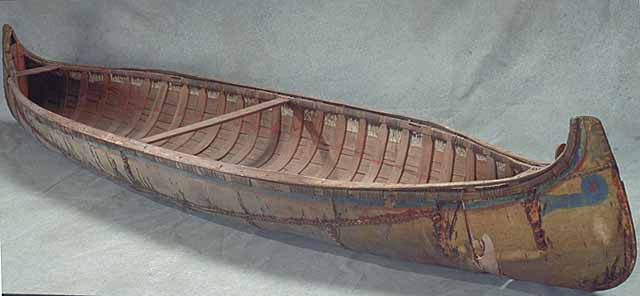

They could be used by a single person but were usually built for 4 - 6 people. They also enabled Native Americans to gain access to hostile, enemy tribes to launch attacks in considerable numbers.īirch Bark Canoes Fact 10: The birch bark canoes were built in many different sizes. They provided a fast and easy mode of transportation that enabled them to travel long distances on hunting, fishing and trading expeditions. The trees can grow to over 80 feet tall and 16 inches in diameter.īirch Bark Canoes Fact 8: The bark would often shed in large paper-like sheets and Native Americans, who hated waste and made excellent use of all natural materials, found they could make numerous items from the bark including clothing, dwellings and, of course, the birch bark canoesīirch Bark Canoes Fact 9: The birch bark canoes were extremely important to the Native Americans. Native Americans kept a sharp lookout for potential hazards and dangers along the waterways that could damage their boats, such as jagged rocks and branches of fallen treesīirch Bark Canoes Fact 5: The bottom of the birchbark boat could be easily crushed through so the Native American Indians went barefoot, and entered the canoe very carefullyīirch Bark Canoes Fact 6: There were many different types and species of birch trees including the Paper Birches (Betula papyrifera), Yellow birches (Betula aleghaniensis, Cherry, Sweet and Black birches (Betula lenta) and the River birches (Betula nigra).īirch Bark Canoes Fact 7: The Paper Birch tree is also known as the Canoe Birch and this was the favored tree used by many Native Americans. īirch Bark Canoes Fact 4: The birchbark canoe was, however, susceptible to damage as they were easily torn open, but they were easily repaired. The result was that those young men, their brother Henry and father David opened their own screen printing business, Triple K Cooperative in Red Lake, Ontario to produce and market their own images and works by other emerging artists.Birch Bark Canoes Fact 3: The names of Northeast woodland tribes who built and travelled in Birchbark canoes included the Abenaki, Chippewa (Ojibwe), Huron, Kickapoo and the Pennacook. Skills, it's no surprise that it was young Anishnabe men and women whoįor example, on his return from his sold out first show in Toronto, Morrisseau began mentoring his teenage brothers-in-law, Joachim and Goyce Kakegamic. And given that it was Ojibwa artists that were sharing their

Within the association inspired young people to consider art as aĬareer.

It wasn't that the organization itself did much, but individuals Important new concept in the world of Canadian native art.

#Ojibwe style canoe professional#
Indian Professional National Indian Artist'sĪssociation under the leadership of Daphne Odjig a decade later, that It was Morrisseau's success that gave birth to the concept of aĬulture based artistic possibility, but it was the formation of the In her early years as aĪppealed to a mainstream audience but didn't speak to her Made the whole country sit up and take notice of native culture. Had been painting for years, but they hadn't Artists like Daphne Odjig, Kanai painter Gerald Tailfeathers, and Cree painters Allen Sapp and Alex Janvier, Before Norval came on the scene, First Nations' art existed, of course.


 0 kommentar(er)
0 kommentar(er)
